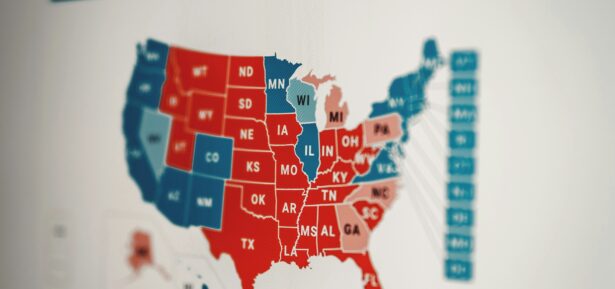How The Digital Divide Effects Students
The Digital Divide is the term for an issue facing American schools whose students do not have access to online learning tools at home. The use of technology in classrooms is increasing all over the world, and it allows students to consider the value of their learning in a global context.
For example, instead of creating a multimedia presentation for a single teacher or a single class period, the Internet allows that student’s presentation to be shared on public networks of all kinds. There are tons of examples and tons of possibilities to learn using technology. There are inexhaustible lists of applications, programs, and websites to use for any subject.


School districts are definitely responding to this call for technology and digital literacy. However, even if schools can provide a device, like a tablet or a laptop, for every single student attending, there is still a digital divide among students who are not connected to the internet at home.
Teachers are being trained to be cognizant of and responsive to the digital divide. Edsurge explains, “access doesn’t just come with tools—it comes with smarter educators. Push for more professional development, and open the dialogue within the professional community at your school and district.” Educators are working every day to treat students equitably and plan accordingly so that they get the most out of educational technology.
Fallout 76 Bundle Is Coming
Nintendo Online Service Is Almost Ready To Launch
-
In a significant legal development, U.S. District Judge Aileen Cannon has declined former President Donald Trump’s request to dismiss...
-
Major Collision Causing the Collapse of the Bridge The recent collapse of the Francis Scott Key Bridge in Baltimore,...
-
Donald Trump is on the brink of a crucial deadline in a business fraud case, with just a few...
-
Sylvia Gonzalez, a newly elected city council member in a small Texas community, was embroiled in controversy when she...
-
Is TikTok Getting Banned in the States? The United States House of Representatives has voted with bipartisan support to...
-
The 2024 Election Race Continues Between Joe Biden and Donald Trump With the 2024 general election drawing closer, President...
-
Another Successful Moon Landing Intuitive Machines, a commercial space company, has achieved a remarkable feat by landing its Odysseus...
-
Has the State of USA Improved Since Trump’s Presidency or Gotten Worse? Given the current climate of the United...
-
In a surprise speech delivered from the White House, President Joe Biden addressed the recent special counsel’s report and...
-
Is Texas Taking the Right Step Towards a Better America? The Austin Guaranteed Income Pilot, Texas’s pioneering tax-payer-funded basic...
-
Newly Released Footage Reveals Arrest at Miami Airport Newly released body camera footage reveals the arrest of 73-year-old Donna...
-
President Biden’s re-election strategy balances White House proximity with campaign focus in a unique approach to the upcoming election....



















